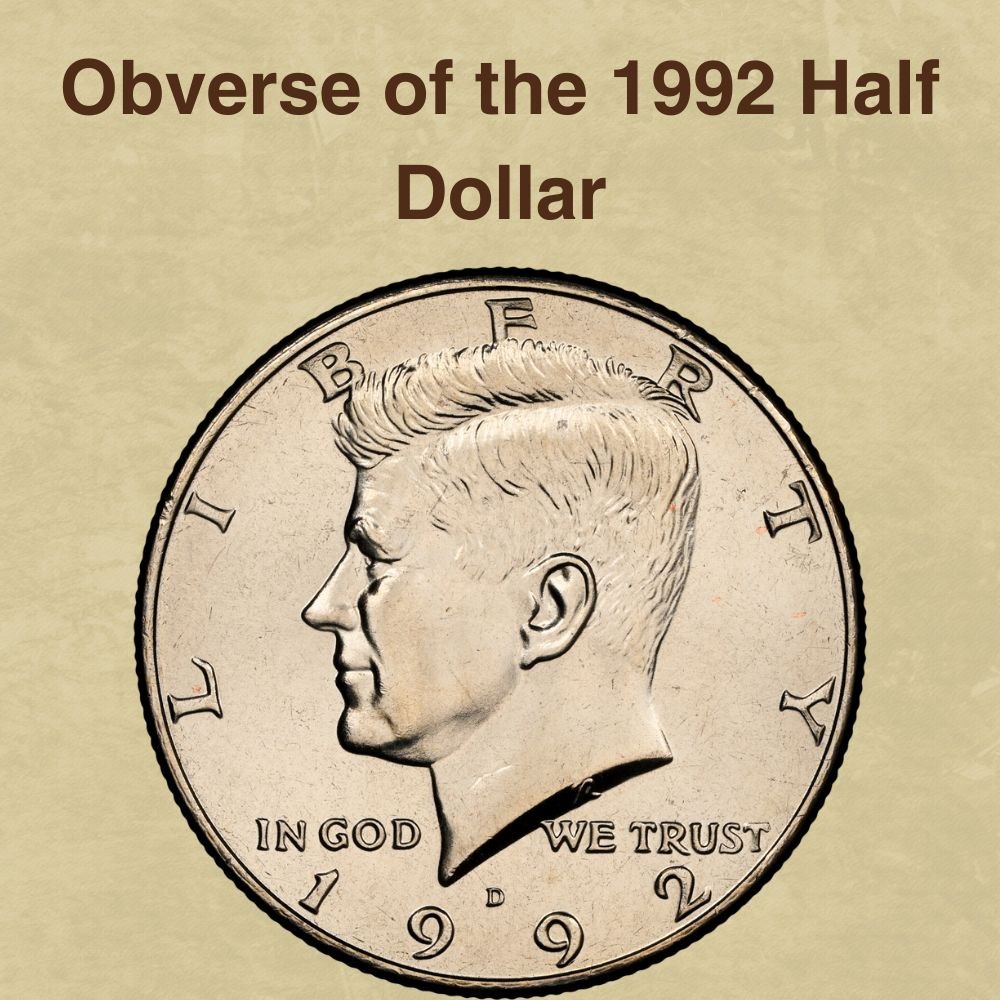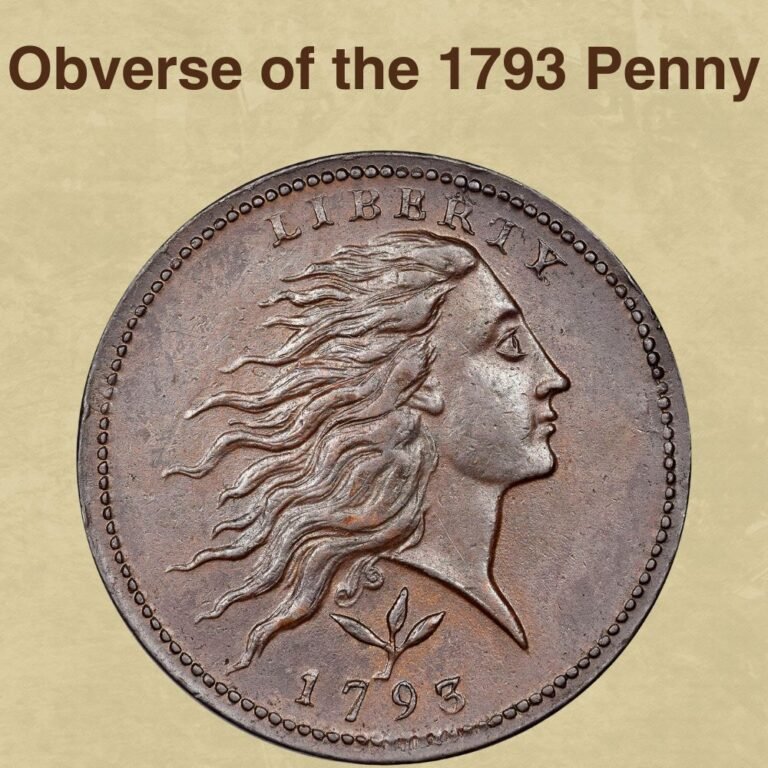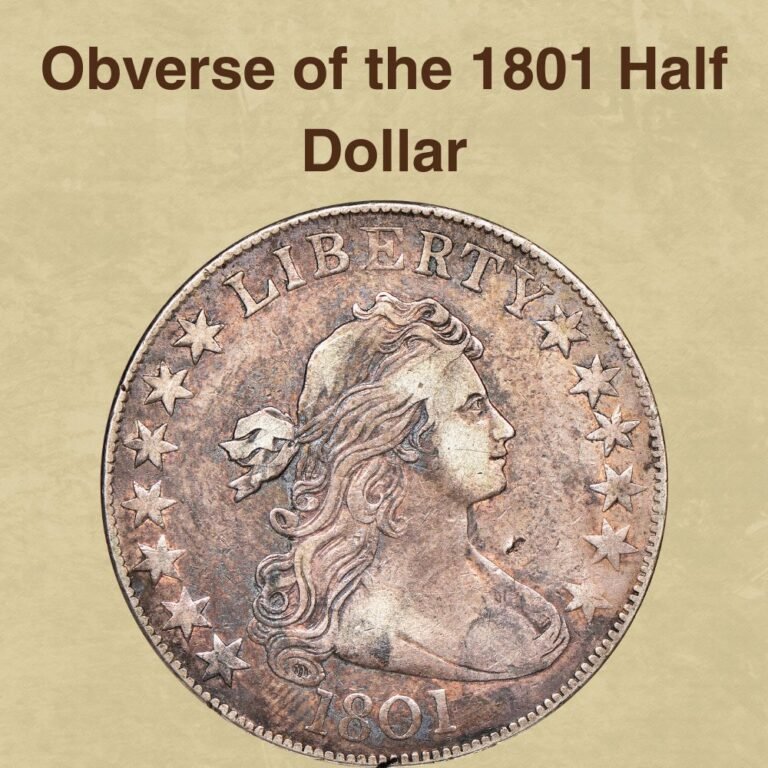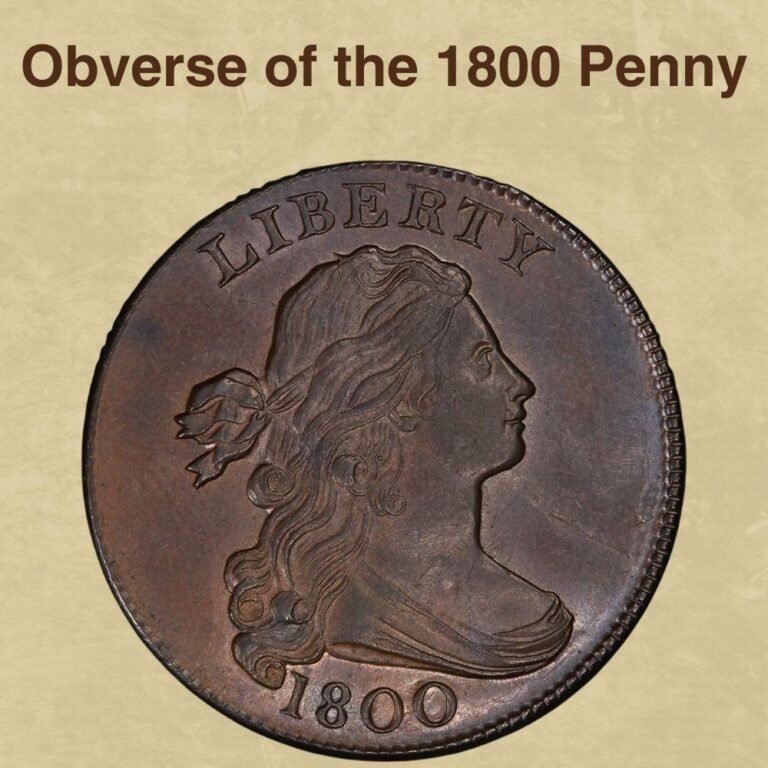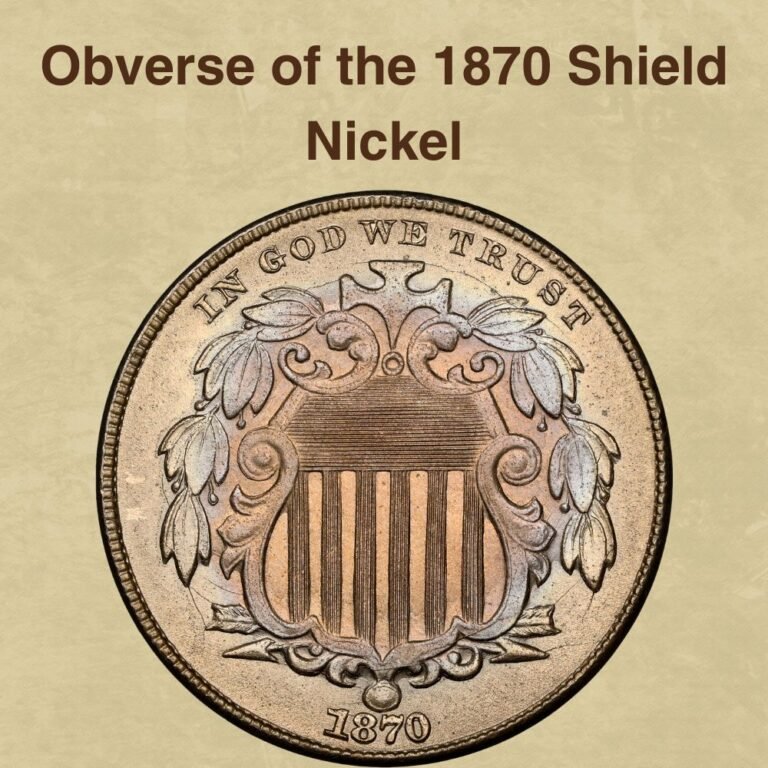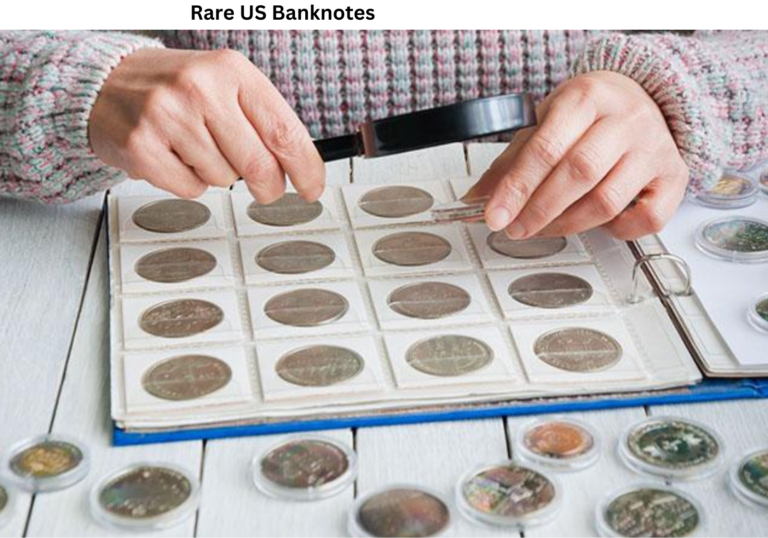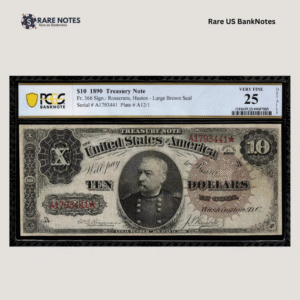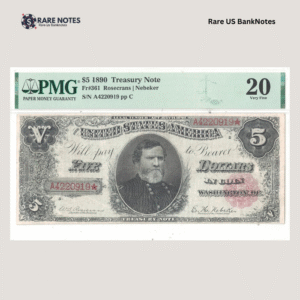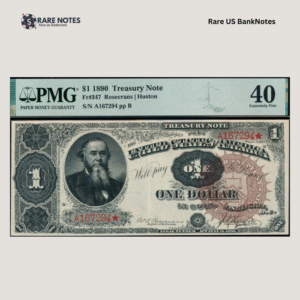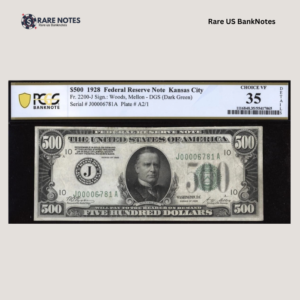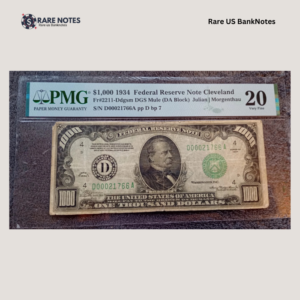Are you a Kennedy fan building a half-dollar collection? Are you curious about the 1992 half dollar value? If so, our guide will help! The 1992 issue is common, but the best survivors to collect are those in Mint State, as these often command nice premiums.
In a bit, we’ll walk you through the interesting history of the Kennedy half dollars, show you how to grade your coin, and reveal high-value minting errors deserving of a spot in your collection.
Want to know more? Read on to discover just how much is a 1992 half dollar worth.
1992 Half Dollar Value Chart |
||||
| Mint Mark | Good | Fine | Extremely Fine | Uncirculated |
| 1992-P Half Dollar Value | $0.55 | $0.55 | $0.55 | $2,100 |
| 1992-D Half Dollar Value | $0.55 | $0.55 | $0.55 | $1,400 |
| 1992-S Proof Half Dollar Value | – | – | – | $37.50 |
History Of The 1992 Half Dollar
The year 1992 marked the first time the United States Mint struck proof Kennedy half dollars in 90% silver, instead of the usual 40% silver. The 1992 business issues struck in Philadelphia and Denver are common in all grades, although a few Mint State and Gem examples are worth a premium.
Kennedy half dollars were first minted in 1964, only a few months after the assassination of President John F. Kennedy on November 22, 1963. Within hours of the tragic event, Mint Director Eva Adams directed her Chief Engraver, Gilroy Roberts, to consider designing a new coin to commemorate the slain president.
As the new coin needed to be produced as soon as possible, Roberts and his assistant Frank Gasparro used the designs they had used for the Presidential Medal series to create a new Kennedy coin. After considering whether to replace the silver dollar, half dollar, or quarter dollar, the Mint, together with the president’s widow, Jacqueline Kennedy, agreed it was best to replace the Benjamin half dollar.
For the Presidential Medal series, Roberts had created the obverse design while Gasparro had worked on the reverse; President Kennedy had approved both designs, and it seemed appropriate to go ahead and use them on the new half dollar.
In early December 1963, a bill was introduced in Congress to approve the design change from the Benjamin half dollar to one depicting Kennedy. The bill was passed by the end of December and paved the way for production in January 1964. Initially, only proof coins were struck, but this was soon followed by the production of business strikes at the Denver and then the Philadelphia Mints.
The new coins were hoarded as soon as they were released into circulation, and this trend would continue for years to come. Kennedy half dollars hardly circulated, despite the Mint striking them in the millions and aggressively increasing the mintage year after year. The Mint would release new coins, and the public would snap up and save them as mementos, barely leaving any in circulation.
In 1970, President Nixon signed a bill authorizing the Mint to completely eliminate silver from Kennedy half dollars, but this, too, didn’t do much to minimize hoarding. Production of the Kennedy half dollar dropped off in the 1980s, leading to significantly lower mintages thereafter compared to the large mintages of the 1960s and 1970s.
Although the 1992 issue is common in all grades, collecting Mint State and Gem examples is rewarding, as these can be worth a significant premium.
Features Of The 1992 Half Dollar
Next, we’ll look at the physical attributes of the 1992 half dollar. By knowing these standout features, you can grade your half dollar more accurately and identify Kennedy half-dollars worth good money.
Here’s what to look out for:
Obverse of the 1992 Half Dollar
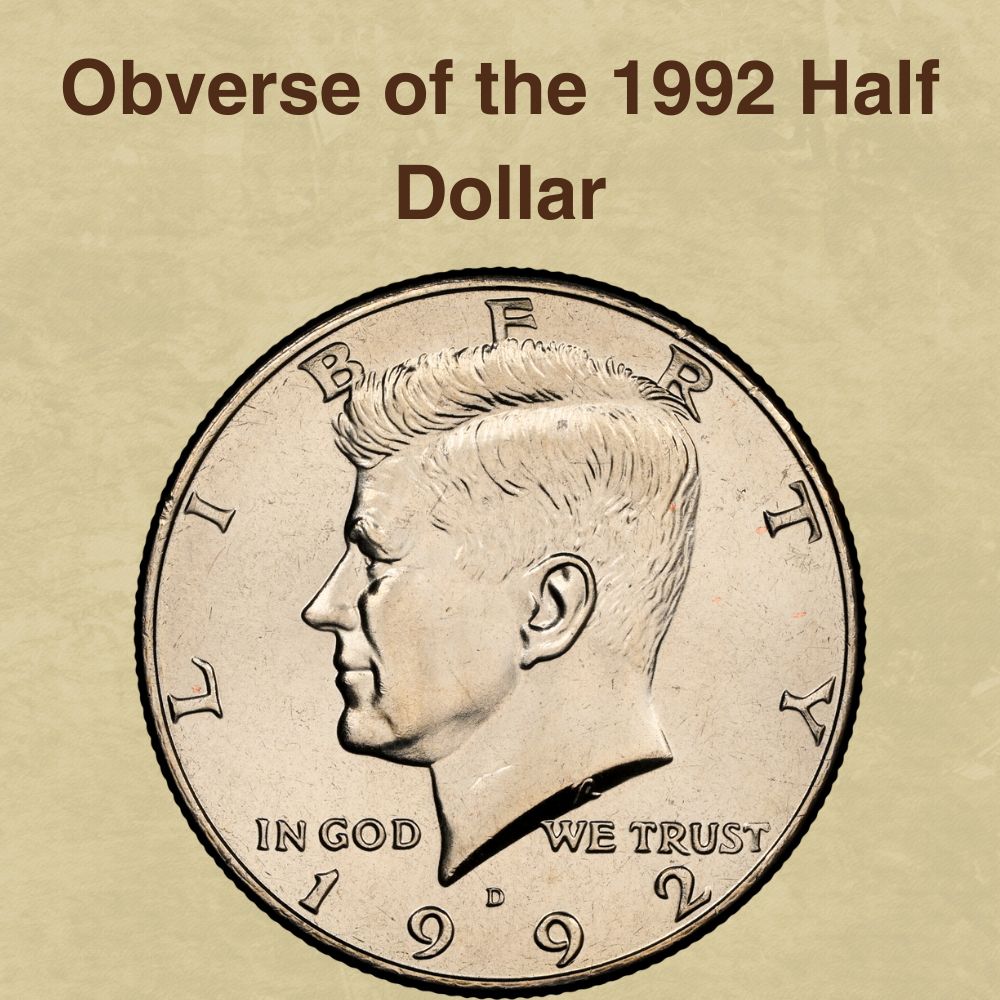
The “heads” features Kennedy’s left-facing profile picture in which he spots a subtle smile. LIBERTY is inscribed in an arc above Kennedy’s profile, while the date, 1992, is etched at the bottom along the rim.
The national motto, IN GOD WE TRUST, is inscribed horizontally at the truncation of Kennedy’s profile. The mintmark P (for Philadelphia) or D (Denver) is positioned between the two 9s in the date, while the designer’s initials, “GR” (Gilroy Roberts), are etched just below the truncation of Kennedy’s profile.
Reverse of the 1992 Half Dollar

The “tails” features the image of the heraldic eagle. A shield on its breast is symbolic of strength in the unity between the state governments under the oversight of the federal government.
The eagle clutches in its beak a flag with the Latin inscription E PLURIBUS UNUM, which translates to “Out of Many, One.” The eagle also clasps an olive branch in its right talon and arrows in the left—these represent peace and victory, respectively.
Rays of sunlight emerge from behind the eagle and are crowned by billows of cloud. Thirteen stars, four to the right of the eagle’s head and nine etched upon the sun rays, represent the first states to join the Union.
The entire image of the heraldic eagle is surrounded by stars, which represent the United States that form the Union. UNITED STATES OF AMERICA is etched in an arc at the top along the rim, while the denomination, HALF DOLLAR, is inscribed at the bottom of the coin.
Other Features of the 1992 Half Dollar
Additional notable features of the 1992 half dollar include:
- Diameter: 61 millimeters
- Weight: 30 grams
- Edge: 150 Reeds
- Metal Composition: 75% Copper, 25% Nickel over a pure Copper core
Also read: 13 Most Valuable Kennedy Half Dollar Worth Money
1992 Half Dollar Value Guides
So, how much is a 1992 Kennedy half dollar today? The value will depend on the coin’s condition, mintmark, and rarity. Some minting errors can also raise the coin’s value.
There are three types of 1992 half dollars:
- 1992-P Half Dollar
- 1992-D Half Dollar
- 1992-S Proof Silver Half Dollar
Let’s find out how much each is worth:
1992-P Half Dollar Value

The Philadelphia Mint struck 17,628,000 half dollars in 1992, the highest mintage that year. These were generally well-struck and are easy to find in most grades.
So, how much is a 1992-P quarter? Here’s what to expect:
- Circulated Examples: These are plentiful and accessible in all grades. From those in Poor/Average to Extremely Fine (XF) condition, examples are worth more or less their face value of $0.55. Prices increase slightly to $0.65 in About Uncirculated (AU58).
- Mint State Examples: Uncirculated examples are equally common in lower grades and only become scarce in Gem condition. In MS60, an example can sell for about $0.75 and as much as $3 in MS63. The population of survivors drops off in MS65, where pieces can fetch up to $15. Gems graded MS66 are worth about $25, and rare MS68 examples can command as much as $2,100.
- Auction Record: In a 2014 sale, Heritage Auctions sold an MS68 for a record-breaking $2,350, making this one of the most valuable examples of its kind.
1992-D Half Dollar Value

Next is the 1992-D half dollar, struck at the Denver Mint with a mintage of about 17,000,106. These coins are common and easy to collect even for the beginner hobbyist.
Let’s look at what to expect when collecting 1992-D half dollars:
- Circulated Examples: These are abundant and enough to meet collectors’ demand. Examples are equally affordable in all grades, with prices starting from $0.55 in Poor/Average to slightly more at $0.65 in About Uncirculated (AU58) condition. Despite their circulated status, survivors are generally well struck and appealing enough to add to any collection.
- Mint State Examples: Uncirculated survivors of the 1992-D half dollar are plentiful and very collectible in lower grades. In MS60, examples can sell for up to $0.75 and as much as $3 in MS63. Pieces graded MS65 are only moderately scarce and worth about $15. The population drops off in MS66 and higher, which is also reflected by an increase in the coin’s value. In MS66 specimens are worth up to $25, while MS68 examples can sell for $1,400 or more.
- Auction Record: In 2004, Heritage Auctions sold a rare MS68 for an impressive $1,553, making this one of the most expensive 1992-D Kennedy half dollars.
1992-S Proof Silver Half Dollar Value
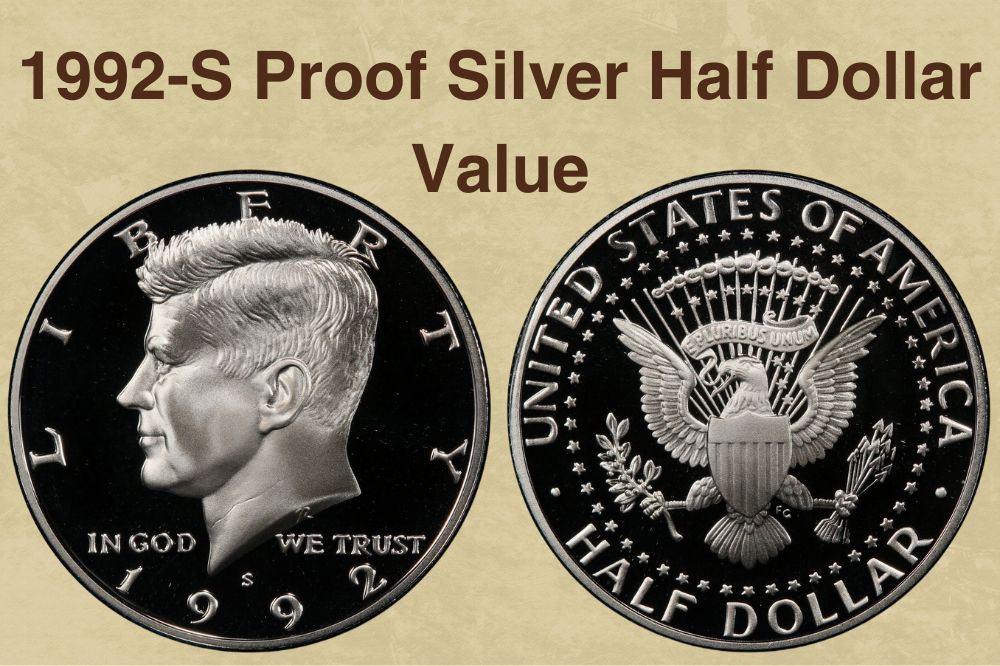
This was the first time the Mint struck proof half dollars with an S mintmark in 90% silver. The only other time proof silver halves were minted was in 1964, although these pieces did not contain the S mintmark. Another difference was the lettering, which was thicker on 1992-S silver proofs than the ones minted in 1964.
About 1,317,579 silver proof half dollars were minted at the San Francisco Mint in 1992, enough to meet collectors’ demand.
Here’s a breakdown of the value of 1992-S proof silver Kennedy halves:
- Regular Proofs: These are plentiful and affordable in all grades. In PF60, examples can sell for as much as $9.50 and up to 13.50 in PF64. Even Gems are accessible to most collectors, for example, in PF66 specimens are worth about $16, $18.50 in PF67, as much as $21.50 in PF68, and up to $37.50 in PF70.
- Cameos: Cameo examples are slightly scarce but still collectible in all grades. In PF60, pieces are worth at least $10 and as much as $12.50 in MS62. Examples in PF64 often sell for up to $14.50 and about $21 in PF67, while rare PF70 examples will command as much as $55.
- Deep Cameos: These are harder to find but still generally accessible in lower grades. In PF60, specimens can sell for about $10.50, and prices go up to $18.50 in PF65. Rare PF66 examples sell for as much as $21, while PF68 examples can fetch up to $27.50. In PF70, Gem examples regularly command at least $85.
Also read: 11 Most Valuable Half Dollars In Circulation
1992 Half Dollar Grading
To successfully grade a 1992 half dollar, inspect the extent of wear and the coin’s surface quality. Pay close attention to high-contact points, including the top of Kennedy’s hair and the area above his ear, as well as his jawline and cheekbone. On the reverse, the areas that wear the fastest include the shield, wing, and tail feathers, and talons. Any signs of flatness, loss of detail, and broken luster point to a lower grade. Higher-grade examples have a sharper strike, little to no wear, mint luster, and a generally stronger eye appeal.
Check out this video for additional tips on accurately grading your Kennedy Half Dollars.
Rare 1992 Half Dollar Errors List
The 1992 Kennedy Half Dollars were generally well struck, but a few minting errors, which can increase the coin’s value, are worth noting and can be an excellent addition to your collection.
Here are some high-value errors to look out for:
1. 1992 Half Dollar Re-Punched Mintmark Error
A re-punched mintmark is one in which there’s visible doubling or a ghost outline on the mintmark. This happens when the mintmark is re-punched into the die several times in different positions.
A re-punched error is worth $5-$50 or more, depending on the visibility of the doubling. For example, in 2015, an eBay collector paid $30 for an MS63 with a strong re-punched D mintmark error.
2. 1992 Half Dollar Die Crack Error
With a relatively high mintage, die cracks are almost inevitable in this issue. This error appears like raised lines resembling cracks on the coin’s surface. It occurs when cracks develop on the die’s surface and are eventually filled with metal pieces as the die is put to use. The metal-filled cracks are then transferred onto the coin’s surface, where they appear like raised vertical or horizontal breaks.
A die crack error can add up to $20-$100 or more to the coin’s regular value. In 2005, a collector paid $105 for an MS67 with an obverse die crack.
Where to Sell Your 1992 Half Dollar?
Now that you know the value of your coins, do you know where to sell those coins online easily? Don’t worry, I’ve compiled a list of these sites, including their introduction, pros, and cons.
Check out now: Best Places To Sell Coins Online (Pros & Cons)
FAQs
What makes a 1992 Kennedy Half Dollar rare?
Generally, 1992 Kennedy half dollars are plentiful in all grades. However, higher Mint State and Gem examples are increasingly rare. If you come across an example with full mint luster, no surface damage, and no signs of wear, it might be a rare a high-grade uncirculated half dollar. Such pieces often sell for higher premiums.
How much silver is in a 1992 Kennedy Half Dollar?
Business strike Kennedy half dollars minted in 1992 do not contain any silver. The Mint eliminated all silver content from Kennedy halves in 1970 and has, since then, minted these coins in a copper-clad alloy consisting of 75% Copper and 25% Nickel. That said, 1992 was the first time the Mint struck proof Kennedy half dollars in 90% silver—if you come across an authentic 1992 proof half dollar, it certainly contains 90% silver.
How do I know if my 1992 half dollar is worth anything?
The 1992 half dollar is generally only worth its face value. However, if you come across one with a known and documented minting error, it could be worth more than face value. Such minting errors can raise your coin’s value by as much as $10-$100 or more, depending on the error’s popularity and the coin’s condition.
The post 1992 Half Dollar Coin Value (Errors List, “P”, “S” & “D” Mint Mark Worth) appeared first on CoinValueChecker.com.


